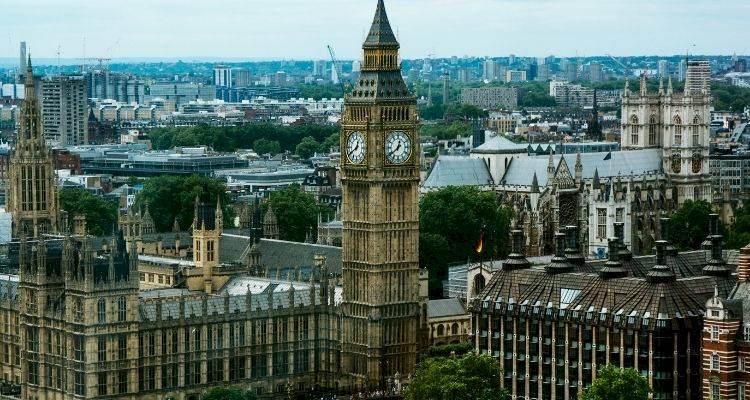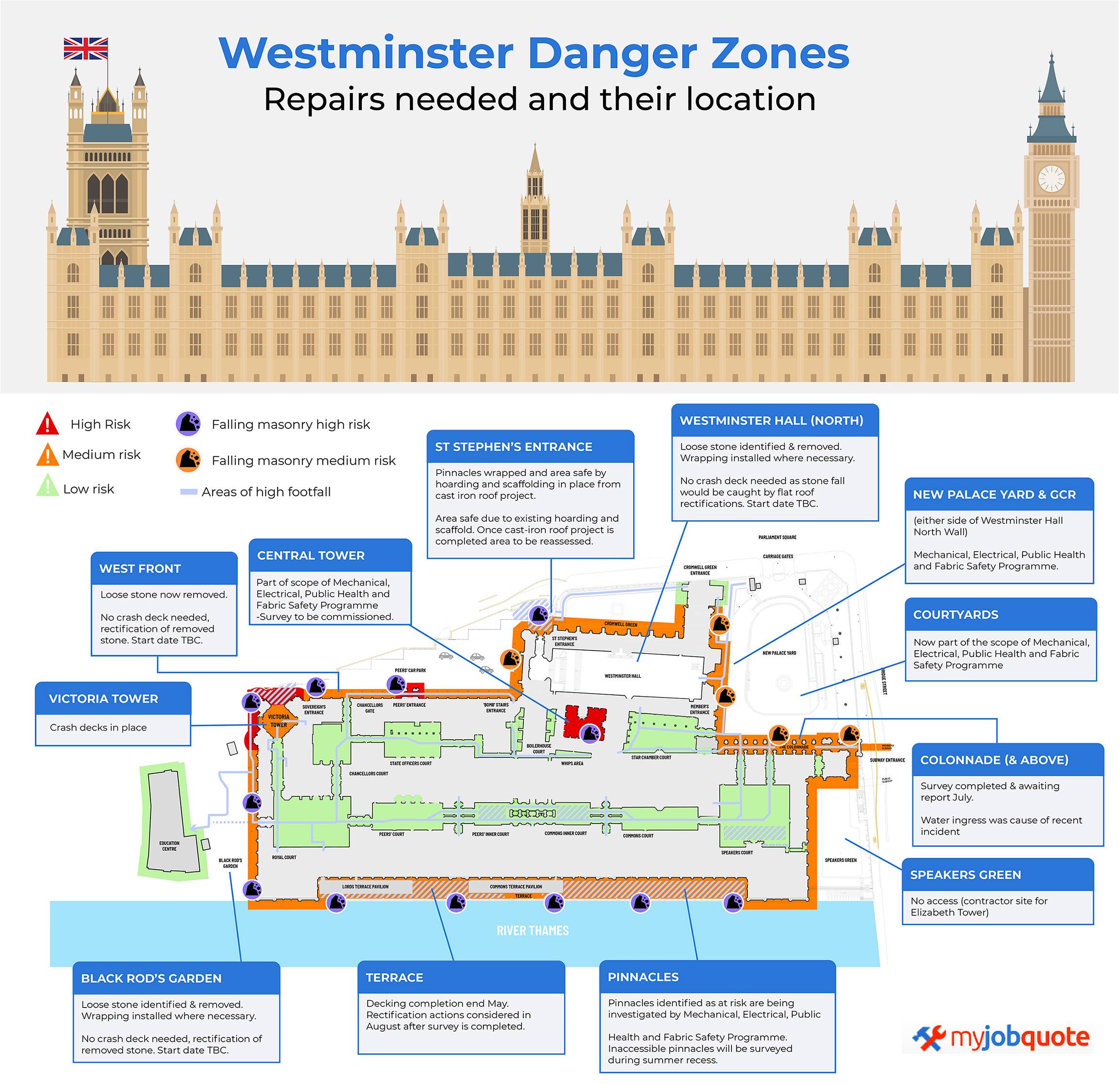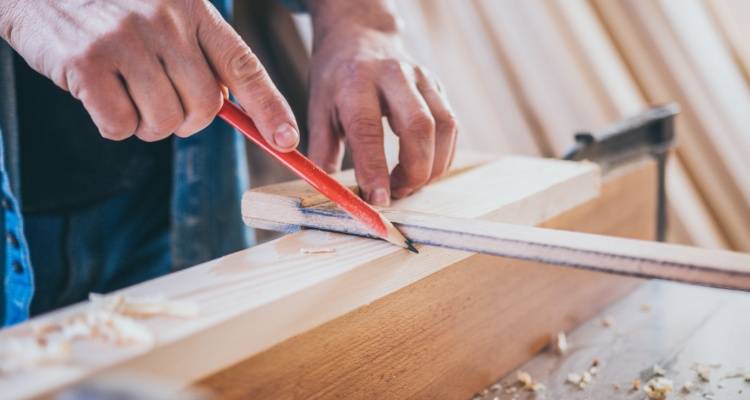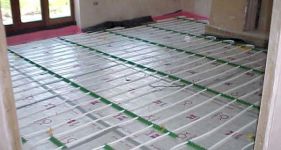Political Foundations Crumble: £14 Billion Refurb Needed to Save Houses of Parliament

MPs and Lords could be forced to vacate Westminster following a spate of potentially fatal incidents. Limestone used to create some of the building’s most iconic features is crumbling and urgent repairs are needed to avert a major crisis. Many experts have warned that the impact of erosion caused, in part by pollution, is so dire that extensive remedial work is necessary to make Westminster safe. This warning comes after multiple incidents of falling stonework, some the size of house bricks, were recorded.
As it stands, the current estimate for the repair work is £14 billion, though this could be subject to change. It's also likely that the necessary modifications will force staff working at the Houses of Parliament and House of Lords to be relocated during the repairs. There's a lot to get through, but currently heading the list of work required is the restoration of stonework throughout Westminster Palace. Already, temporary safety measures, including scaffolding and netting, have been installed in high-risk areas such as Sovereign's Entrance and the peers' car park.
Other precautions have been taken, too. Loose stone has also been removed from other areas, including Westminster Hall and the walls surrounding Black Rod’s Garden. However, it's unavoidable: a full renovation of the stonework in almost all parts of Westminster Palace is required in order to ensure that it’s safe in the long run. It's expected that the £14 billion project will also include upgrades to the sewage system serving Westminster and there are also plans to replace up to 240 miles worth of electrical cable. Officials are yet to confirm a timeline for the repairs, but some are suggesting it could take up to 20 years,a heatmap of the potentially dangerous areas has been drawn up.
Dossier of Incidents Documents Near-Misses
An analysis of Westminster’s structural integrity has been carried out. It is believed that a total of 15 incidents have been recorded over the last three years. Top of the near-misses dossier are the following incidents:
- Victoria Tower: Two separate incidents involving blocks of stone, some as large as 10 inches across, were recorded falling from Victoria Tower. Westminster Hall: Three cases of stonework crashing to the ground have been recorded at Westminster Hall. One incident involved a six-inch block falling from a height of 13ft.
- The Chapel: A foot-long piece of masonry fell inside the Chapel’s historic chamber.
- Speaker’s Court: A small lump of stone crashed to the ground in an area where people were standing nearby.
- The Colonnade: Chunks of masonry up to five inches long have fallen onto the walkway on five separate occasions.

The risk assessment notes previous sub-standard repairs and faults with the original building and offers them as reasons why parts of Westminster are crumbling. However, along with the passage of time, the biggest cause is pollution.
When nitric acid from car fumes mixes with sulfuric acid in the air or rain, this chemical concoction has the power to erode limestone. As such, decades’ worth of polluted air and rain has compromised Westminster’s structural integrity in a number of key areas.
Thomas Goodman, property and construction expert here at MyJobQuote weighed in on the repairs, stating “Limestone is one of the most durable building materials, however, it is prone to erosion which causes discolouration and crumbling.
To repair limestone, it must first be cleaned with low-pressure purified water to prevent further damage caused by corrosive substances found in water. Once it is clean, repointing can begin. This will involve removing the old mortar from the joints and replacing it with lime-based mortar. For a building of this size, this will be extremely costly, as on average removing mortar and repointing costs around £80 to £100 per square metre.
If the walls of Westminster are not maintained or repaired, then this will leave the building in a state of disrepair and could lead to additional structural issues that may not be worth fixing.”
Preserving Democracy Could Cost £14 Billion
The race is now on to address the weaknesses and restore the historic building to its former glory. The £14 billion price tag not only takes into account repairs but also the costs for restoration. The Palace of Westminster was originally built in 1016, though it was subsequently demolished in 1834 due to damage caused by a fire. In the decades that followed, great care was taken to restore the architecture and, by 1876, it was, once again, standing proud as a symbol of British democracy.
Shoring up Westminster and making it safe won’t require a complete demolition this time around. Whilst this may be a reassurance, with rising inflation and the public pocket hurting after a two-year pandemic, a £14 billion repair bill will certainly be no small price to pay.
Last updated by MyJobQuote on 24th January 2022.







